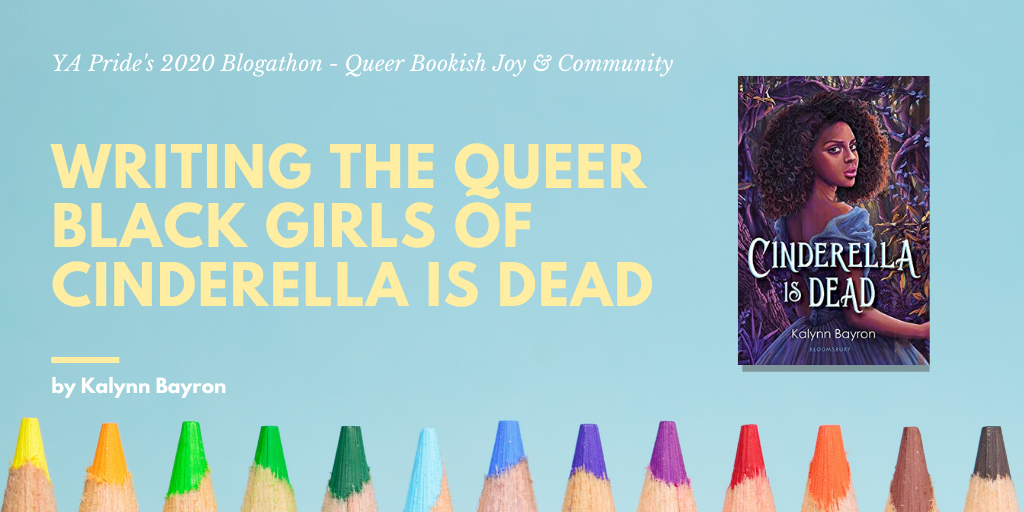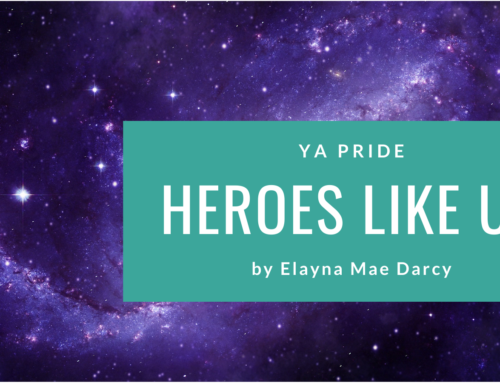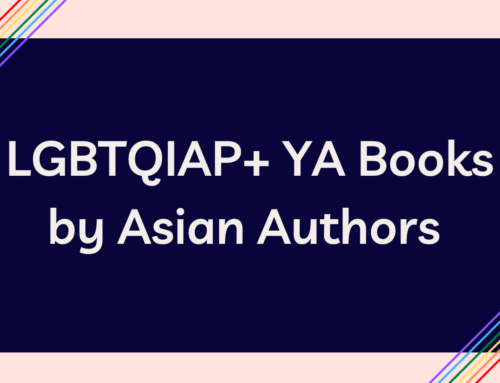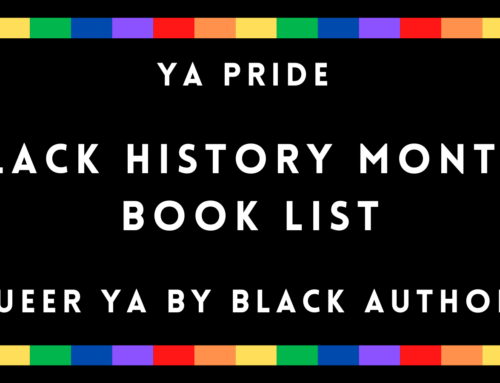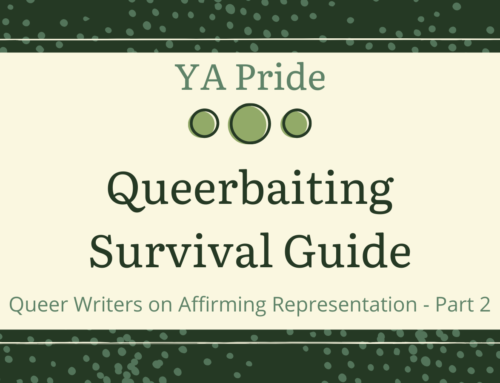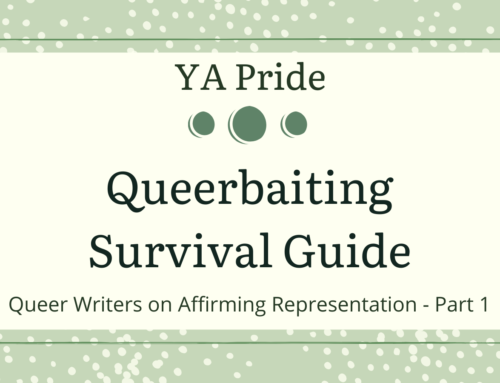by Kalynn Bayron
I’ve always been a fan of genre fiction. From horror to fantasy to sci-fi. I love all things magical and atmospheric and bone chilling. I’m a writer because I was a reader, first. In those stories I found ghosts, mythical creatures, people with impossible powers, aliens, orcs, fairies, elves, kings and queens. What I didn’t see was Black people or queer people. Until I discovered Toni Morrison, Zora Neale Hurston, Audre Lorde, and Octavia Butler I didn’t see Black women centered and I didn’t see queer people being treated with care and concern, in any of the stories I loved so much.
I wrote Cinderella Is Dead, a YA fantasy that centers queer Black girls, because I wanted to add to a growing list of fantasies that center Black queer women. I felt like it was the story I wanted and needed to tell and I hoped that the story, the characters, and the setting would be compelling enough to snag an agent. What I didn’t fully anticipate was how difficult the road to publication would be.
But let me take things back to 2016. Over the course of about eight months in the early part of that year, I drafted Cinderella Is Dead, a YA fantasy that takes place in the fictional kingdom of Mersailles. Its capital city, Lille, is the place where Cinderella lived and died almost 200 years prior. The society that has developed there relies on her story as a guide. I’ve always been fascinated by fairytales and the affect they have on who we become. Cinderella is one of the most instantly recognizable fairytales with very recognizable villains—the evil step sisters and evil stepmother. My first question whenever I hear a story about villainous women is always this—who is telling this story? Because history is written by the victors. And Cinderella isn’t a historical tale… but what if it was? And what if there was a deeply unsettling reason for telling stories this way? Telling this story, set within this already established framework was the perfect place for my characters to address those questions. I thought I had something really special, something meaningful.
 I shared a few chapters with a writer’s group I was a part of and realized immediately that placing a queer Black girl at the center of a YA fantasy, as the heroine, was going to bring about a level of criticism–and racism with a sprinkle of homophobia masquerading as critique–that would test my patience and my resolve to do whatever I could to provide LGBTQIA+ youth with as many choices as their cis, straight peers. I was told to my face that readers wouldn’t want this story and that it wasn’t “mainstream” enough to catch the attention of agents or editors. The people in this group told me that if I wanted to be traditionally published, my Black queer girls should be side characters or villains and that my main character should be “a normal girl” because that’s what would sell and that’s what readers wanted to see. I don’t know if there’s a word to fully describe the level of rage I felt. What I said to the people in that group before I left is between me and Black Jesus.
I shared a few chapters with a writer’s group I was a part of and realized immediately that placing a queer Black girl at the center of a YA fantasy, as the heroine, was going to bring about a level of criticism–and racism with a sprinkle of homophobia masquerading as critique–that would test my patience and my resolve to do whatever I could to provide LGBTQIA+ youth with as many choices as their cis, straight peers. I was told to my face that readers wouldn’t want this story and that it wasn’t “mainstream” enough to catch the attention of agents or editors. The people in this group told me that if I wanted to be traditionally published, my Black queer girls should be side characters or villains and that my main character should be “a normal girl” because that’s what would sell and that’s what readers wanted to see. I don’t know if there’s a word to fully describe the level of rage I felt. What I said to the people in that group before I left is between me and Black Jesus.
Sitting at home, stewing in my anger about the situation, I came to the understanding that at least some of what they said was true. Publishing is very white, very cis, and very straight. And I saw that reflected in the titles that dominated the YA section of the bookstore. It certainly looked like publishing didn’t want stories like the one I was writing. But I had to stop and ask myself who I was writing for. Was it for the gatekeepers or was it for myself and for readers who, just like me, wanted to see themselves reflected? Going back to the foundation, the reason I started writing the novel in the first place, gave me the answer.
I write for us. Always.
So, I went back to work–polished the manuscript I’d titled Cinderella Is Dead, kept all my main characters Black and Queer, and jumped into the query trenches with both feet. I do what I want. You know what else I do? Cry. Because querying is hard. Querying a reimagining of Cinderella was tough because the feedback I was getting initially was that the YA market was oversaturated with retellings/reimaginings. It had been done to death and just wasn’t something anyone was really looking for. It’s not standard practice to reply to an agent at all, much less with the question, “How many of those reimaginings center BIPOC? And how many of them are also queer?”. I had to, for the millionth time in my life, find a way to navigate a space in which intersectional identities were actively erased. I changed up my query letter after the first few rejections to try and stress the fact that there were nowhere near enough stories featuring queer Black main characters. Trying to convince people that you deserve a seat at the table is rage inducing when the response is “it just didn’t resonate with me.” Oh no? What about the young Black girl who might read this and feel seen? What about the queer girls who want their happily ever after? I get it. You gotta love what you represent but maybe ask yourself why you don’t love a story unless it’s about people who look, and love, like you. Any-hoo…after about 70-ish queries and lots of tears, I had requests for 15 partials and 5 fulls. I signed with my agent, Jamie, in February of 2017 and it’s no surprise that my literary agency is called Rainbow Nerds Literary. It took other queer professionals to get my story out there. It’s a sobering reminder of why we need more representation not just in the pages of books but in the industry that produces those books.
So boom. I got an agent and all my worries were over. LOL. No. My agent and I revised Cinderella again and eventually went on submission in mid-2017. We started with 8 editors. By September we’d gotten passes from 6. So we stopped and I had a moment where the words of all those Karens and Brads from that horrible writer’s group echoed in my head. I was worried that I’d never be able to sell a book because I never envisioned writing characters that didn’t reflect the intersectional identities of not only myself, but of so many of the people I know and love. That didn’t sit right with me, and again, I went back to the reason I wrote the book in the first place. I pulled myself out of my funk, talked to the ancestors, and went back to work. Jamie and I worked through another round of revisions. We tore the manuscript apart and put it back together again and didn’t go back on sub until April of 2018. In June we got an email from Bloomsbury and after a revision in which I changed a 90k word manuscript from past tense to present tense, we got an offer! Cinderella Is Dead will be published July 7th, 2020.
The road to publication has been a series of ups and downs. The joys of getting “the call”, getting the deal, clicking with my editor and the team at Bloomsbury who have championed this book, seeing my cover for the first time, having authors I respect and admire reach out to me with their support and encouragement has been a dream come true. But this journey has not been without its lows. I’m still learning how to deal with people in my DMs telling me that “Cinderella was white” and that two teenage girls exploring a romantic relationship “isn’t appropriate”. I’m still deciding what level of rage is appropriate in a professional setting when I’m told my path to getting published must have been easier because publishing is “really into diversity right now”. It’s disappointing but not unexpected.
But here’s the thing. After all of it, I’m here. I finished this story and it’s out in the world, finding its way to readers who will make it their own. No matter what happens from here on out, those facts will always be true.
We belong here. We always have. Our work has always been worthy. I feel humbled and incredibly excited to be able to share this story with everyone.
—

